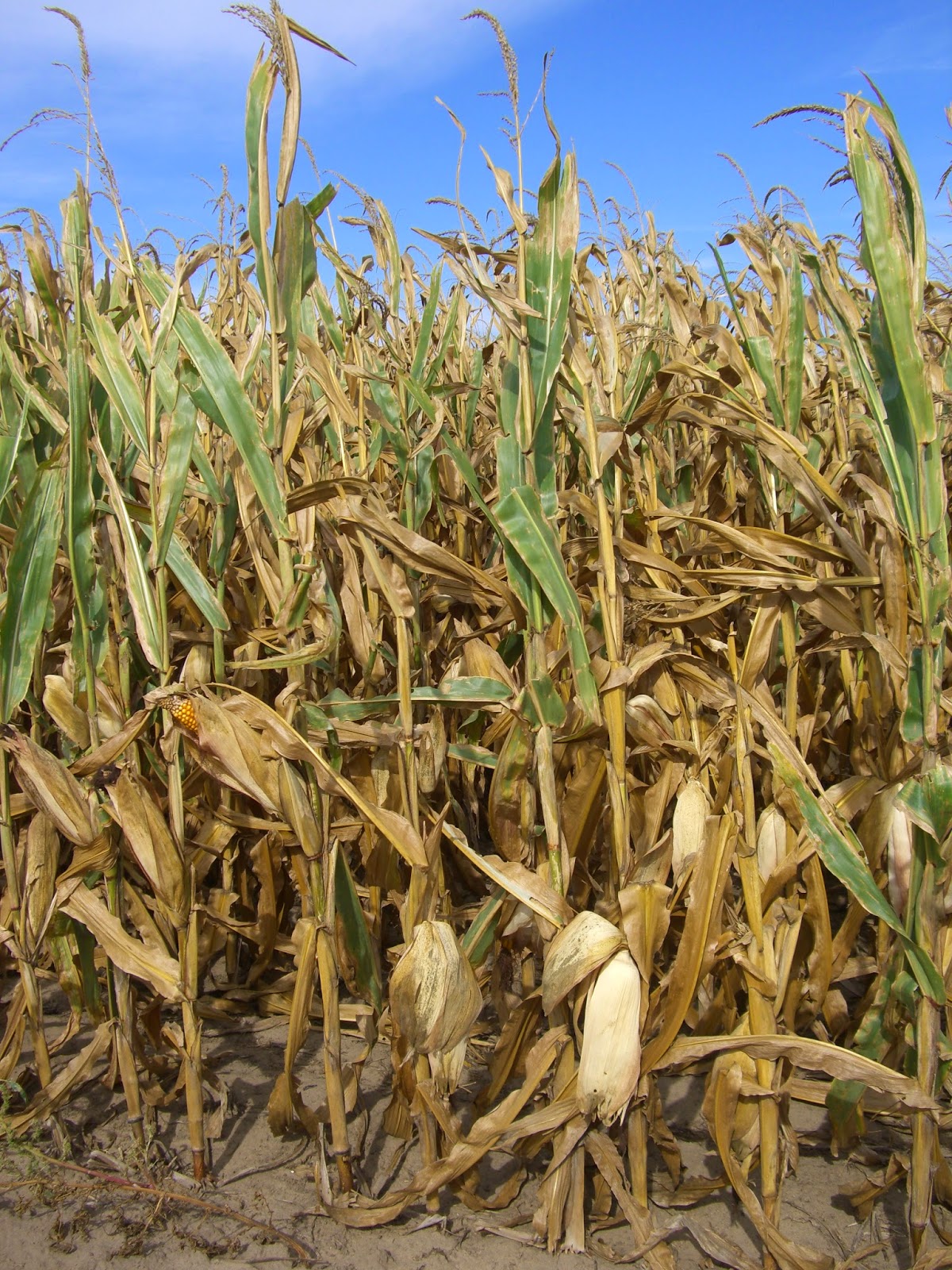 |
| George & Theresa Hall with Maria & Lillian |
I love history, as I declared in my first post of this blog, and I have been an enthusiastic family genealogist for many years. Yet, Isaac Werner has opened my eyes to a great deal of history I might otherwise never have considered. I hope this blog has shared some of that awareness with everyone who has followed the blog or reflected on my face book postings. I am disappointed that my manuscript has not yet been published, but I continue to enjoy the adventure for which Isaac has been responsible. (See "I Love History," 1-3-2012 in the blog archives.)
My Great-grandfather, George Hall, was one of Isaac Werner's best friends, and when Isaac became too ill to live alone, it was the Hall household that first took Isaac into their home. I believe that is how Isaac's journal, which led to my discovery of the life of this amazing bachelor homesteader, came into the hands of my family. (See "Finding Isaac's Journal," 10-23-2011.)
George brought his family to America in 1882, settling first in Marion County, Ohio where his son Thomas was born in 1885, and then moving to Edwards County, KS, where youngest daughter Abbey was born in 1888. By the time of the Kansas Census in 1895 the family was living in Albano Township, Stafford County, KS on the Rattlesnake Creek near Isaac Werner's claims. Both men were active in the Progressive movement, which probably deepened their friendship.
The baby on her mother's lap in the photograph above is my grandmother, Lillian Hall Beck, born in 1880 while the family still lived in England. She and my grandfather, Royal Delbert Beck, raised their family (including my father) in the home where I was raised. Now we are doing some construction on our Kansas home which involves disturbing the foundation of the house on one side. I have collected several objects during the landscaping and construction, but the discovery by the Robert Smiley Concrete crew near the foundation of what was once the back porch of the house is the most wonderful object we have found!
.JPG) |
| W.W. I Manoil Barclay lead soldier |
A toy lead soldier about 3 1/2" in length was found buried in dirt where it must have lain for decades. I guessed from the uniform and the popularity of toy 'tin' soldiers during that era that it represented a wounded World War I soldier, a relic of the Great War.
Immediately I imagined my father playing with the little soldier, and I was eager to do the research to document when these lead soldiers were made. I learned that Manoil Manufacturing Company in Manhattan, NY, began toy soldier production in 1935-1936, which continued until 1942. The soldiers are prized by collectors today because of such authentic sculpting of American combat soldiers. The specific toy that workers found in the construction dirt at my family home is M53 30, Wounded Soldier (Lying). Most of the figures have a concave base, but because the particular figure our workers found was designed to be lying down, it has no base. The Barclay Manufacturing Company continued making antimonial lead toy soldiers until plastic toys finally took over the market.
.JPG) |
| Another example of the wounded soldier |
Today there are many collectors of the Manoil Barclay toy soldiers, and examples for sale can be found online, where I found these two images of wounded toy soldiers. There are soldiers marching, fighting, riding, as well as wounded with their care givers.
Because of the manufacturing dates of these soldiers, it seems less likely that my father or his brother Arthur played with the little soldier I found. Rather, the soldier may have been part of a serious collection. Realizing that, I began to think more seriously about how my English grandmother, brought to America when she was very young, and her parents, must have worried about family during the fighting. George Hall made trips to England several times to visit his family, and he took his son Thomas on one trip and his daughter Dorothy on a later trip. Family oral history taught me that my grandmother Lillian never got to go with him to England because she was always pregnant with one of her seven children at the time her father planned a trip.
The happenstance discovery of that toy soldier made me appreciate the worry my family must have felt during W.W. I and W.W. II, not only for American soldiers but also for their English family, civilians and those serving in the military. More about this later...
(One of my favorite children's stories is "The Steadfast Tin Soldier," and there are some beautifully illustrated versions of that story available for young readers. I naturally thought of that story when I was so respectfully handed the toy soldier by Juan, who understood my family roots in the soil where the little toy had rested for decades.)
.JPG)

.JPG)






.JPG)

.JPG)





